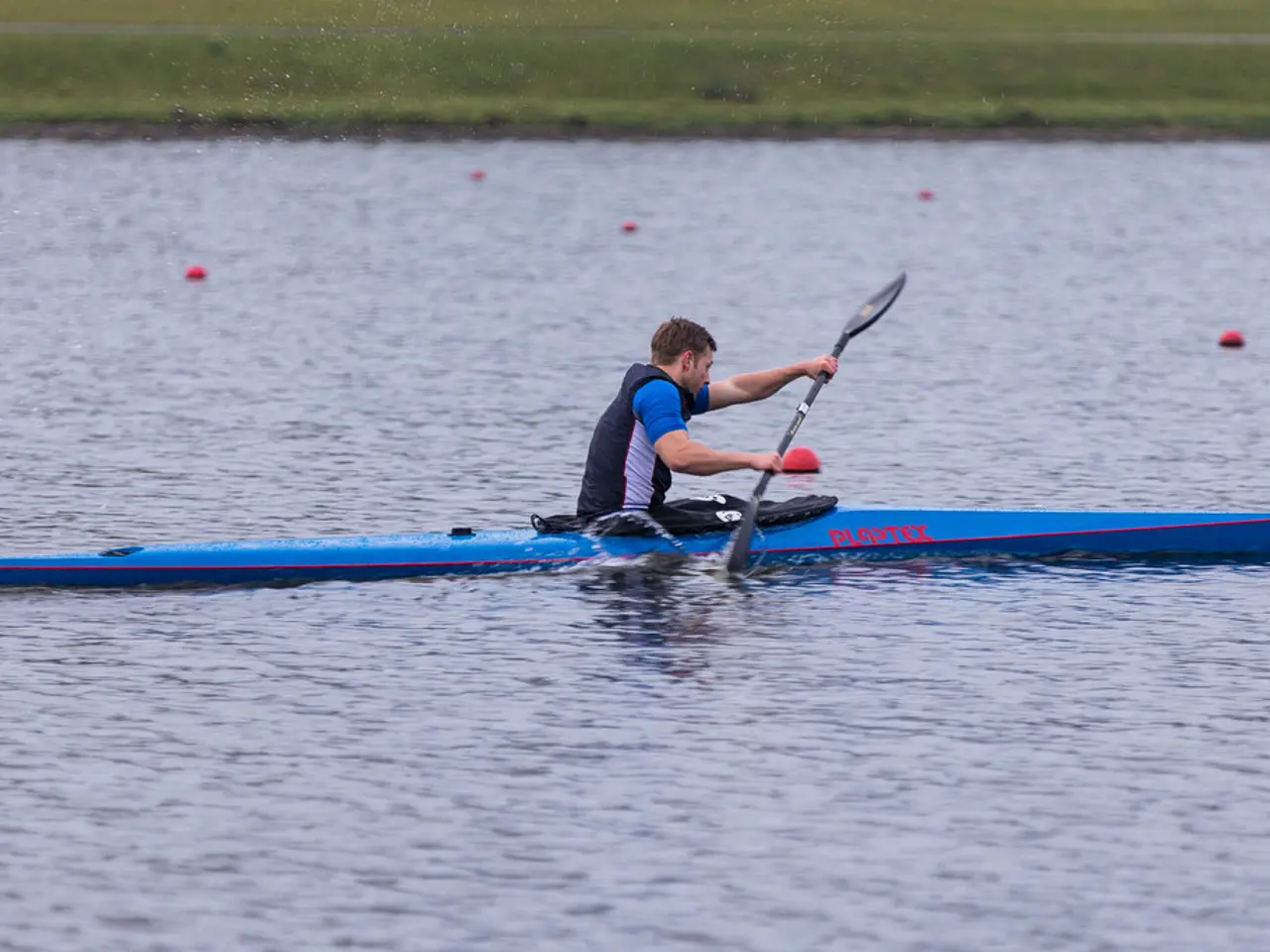Selecting the Optimal Kayak: A Guide
Choosing the Perfect Kayak: A Guide for Every Skill Level
When it comes to kayaking, finding the right vessel is crucial for an enjoyable and safe experience. Here are some key factors to consider when making your selection.
Weight Capacity Ensure your kayak can safely carry your combined weight with gear, ideally around 70% of the kayak’s maximum capacity for stability and ease of paddling.
Kayak Type and Cockpit Design
- Sit-on-top kayaks are stable, easy to get in and out of, and perfect for warm weather. They are ideal for beginners and those who enjoy relaxed paddles.
- Sit-inside kayaks protect from wind and cold and are efficient for long-distance paddling. They are favored by intermediate and advanced paddlers.
- Tandem kayaks are great for pairs, especially beginners learning together.
Material and Durability
- Polyethylene kayaks are durable and affordable but heavier.
- ABS plastic kayaks are lighter and more UV resistant but costlier.
Hull Shape
- Flat hulls offer high stability and are ideal for beginners.
- V-shaped hulls are faster but provide less stability.
Intended Use and Water Conditions
- Open/sit-on-top kayaks work well for calm waters and activities like fishing.
- Closed (sit-inside) kayaks provide better all-around performance and are favored by intermediate and advanced paddlers.
Kayak Type Suited for Different Skill Levels
- Beginners: Sit-on-top kayaks or inflatable kayaks with stable, flat hulls are recommended due to their forgiveness, ease of entry/exit, and stability on calm water.
- Intermediate paddlers: Sit-inside kayaks with a balance of efficiency and protection, possibly with a V-shaped hull, offer more control and comfort for longer distances or varied water conditions.
- Advanced paddlers: More specialized sit-inside kayaks with V-shaped hulls or tailored designs for speed, agility, and challenging environments are preferred, requiring higher skill levels to manage stability.
Additional Considerations
- Inflatable kayaks have increased in popularity due to their lightweight and portability. Around 30% of kayakers choose inflatable models.
- Fiberglass kayaks are lighter and offer better speed compared to plastic.
- A well-fitted paddle can improve both speed and control on the water.
- Testing a kayak before purchasing can provide a feel for its performance in real situations.
- Personal flotation devices (PFDs) are required by law in many areas.
- Whistles are essential for signaling in case of emergency.
- First aid kits are necessary for minor injuries.
- Carbon fiber kayaks provide the best performance but are pricier and ideal for serious paddlers.
- Touring kayaks, or sea kayaks, are optimized for longer journeys and are sleek, allowing them to cut through water efficiently. They typically range from 12 to 18 feet in length and are well-suited for intermediate to advanced paddlers, accommodating overnight camping gear and food supplies. Touring kayaks often come equipped with storage compartments for multi-day trips.
- Recreational kayaks generally weigh between 30 and 60 pounds and can effortlessly accommodate gear, snacks, and a cooler. They are designed for easy navigation in calm waters and are usually wider, making them ideal for beginners. Different kayaking experiences require different designs. For instance, if your plans involve fishing in flat waters or enjoying scenic paddles with friends, recreational kayaks will match your needs perfectly.
- Whitewater kayaks feature shorter bodies and rounded hulls that enable quick turns in turbulent waters, making them suitable for handling fast-moving rivers.
By considering these factors, you can ensure a good match between your experience level, physical needs, and the kayaking environment for a safe and enjoyable experience. Happy paddling!
Incorporating the given words, here are two sentences that follow from the given text:
- When planning for an outdoor-living lifestyle, transforming your home-and-garden into a tranquil retreat by adding features like a kayak storage area would enhance your enjoyment, providing easy access to your kayak whenever you want to venture into your favorite waterway.
- After a day of kayaking in the great outdoors, switch your focus to your home-and-garden lifestyle, enjoying a peaceful evening in your backyard, taking in the beauty of nature while reflecting on your adventure, welcoming a harmonious balance between your lifestyle and passion for outdoor-living.



